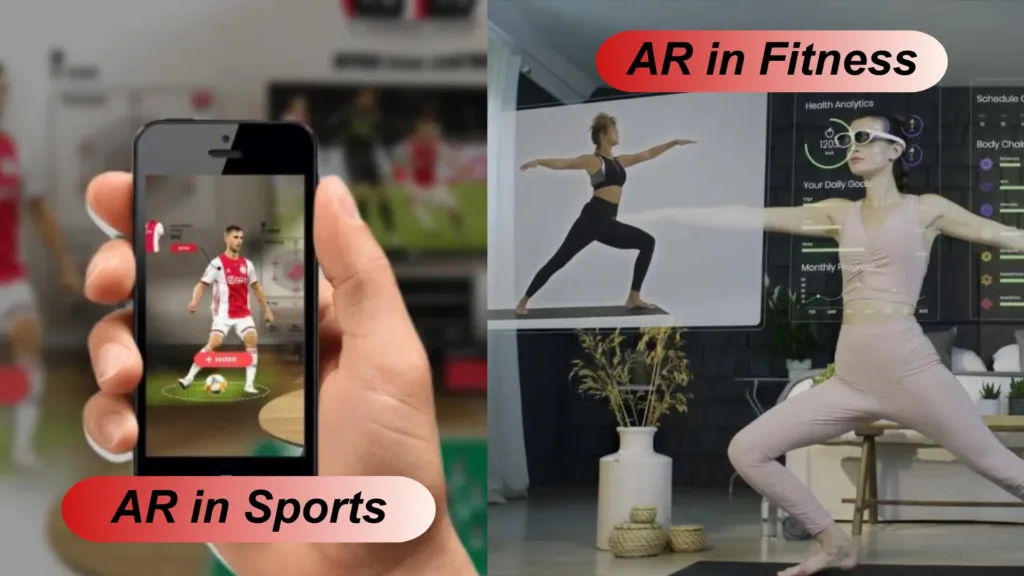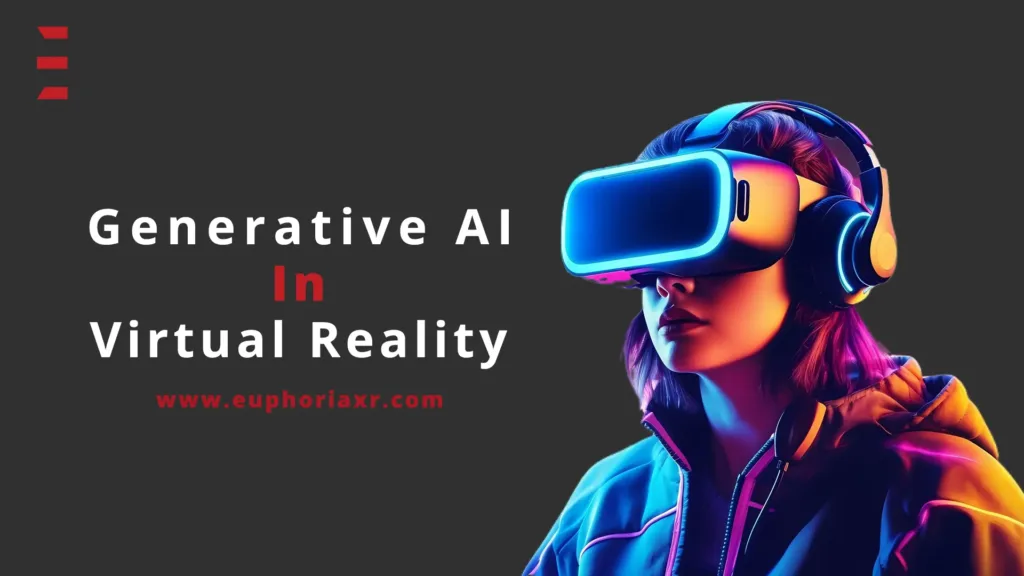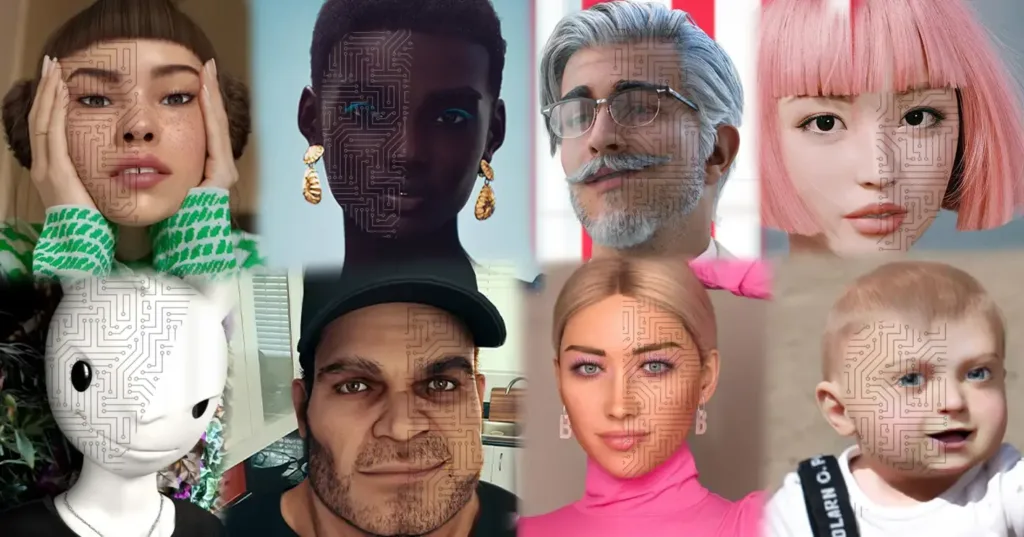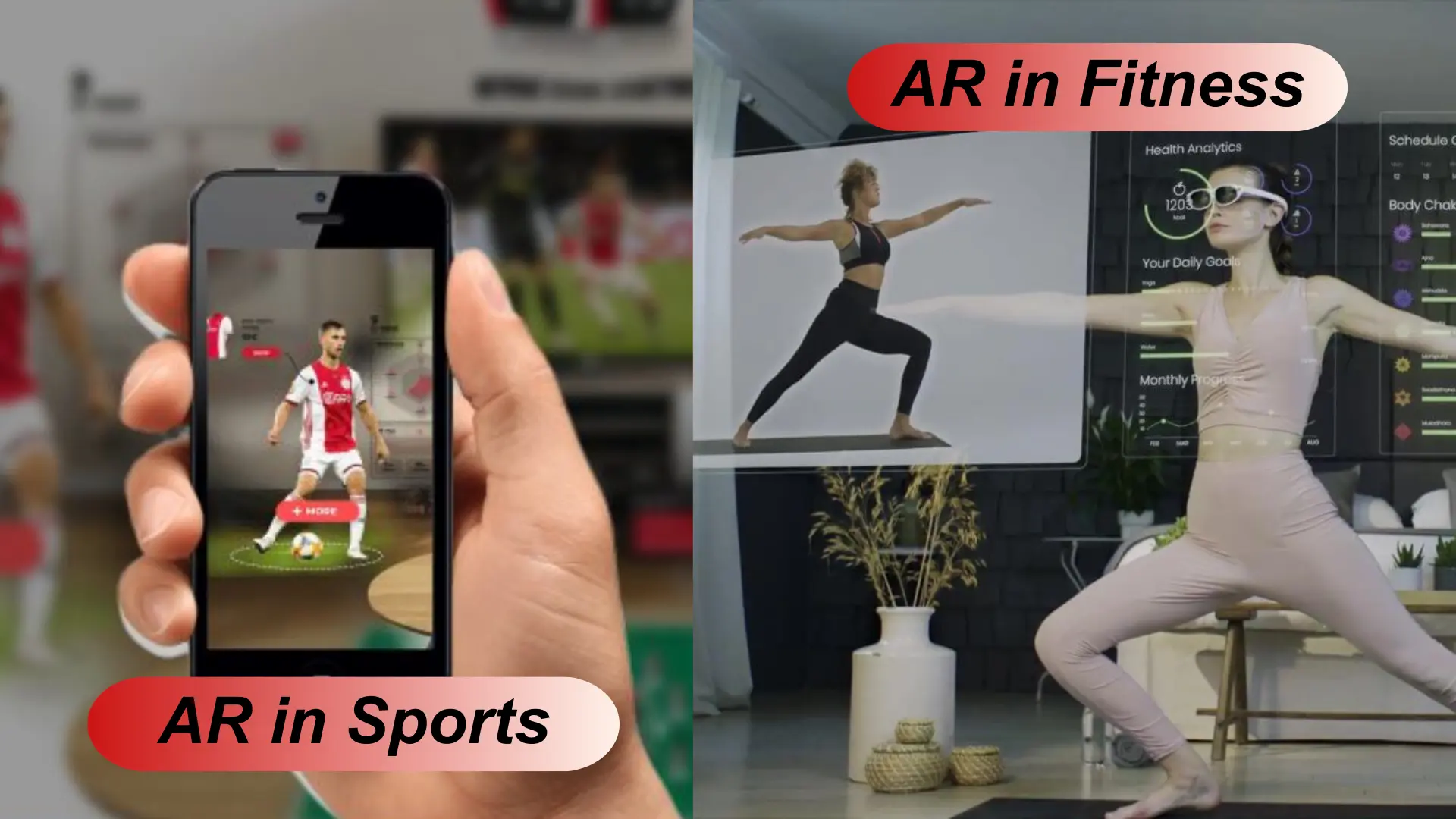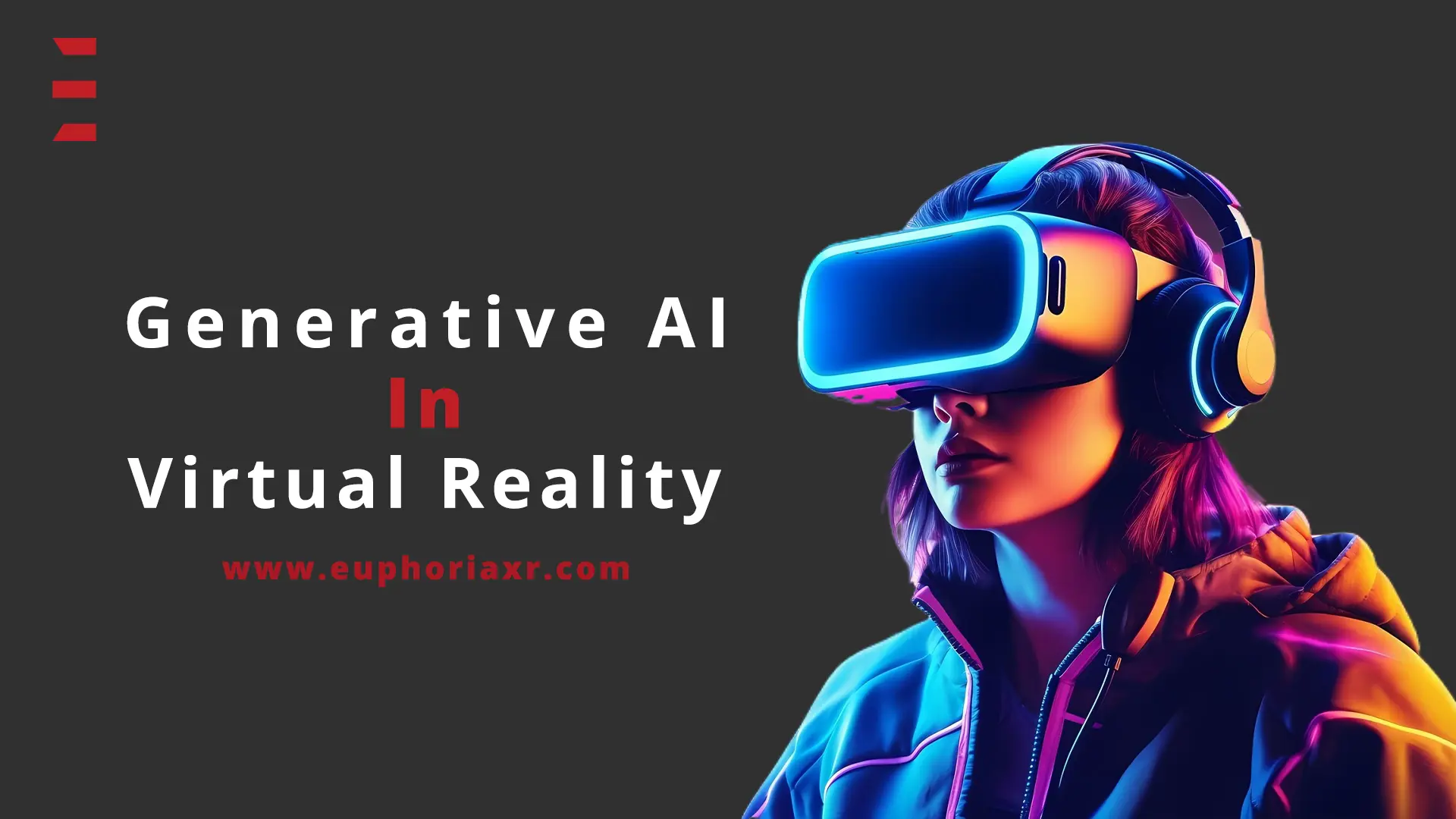The future of healthcare is being transformed by AR and VR technologies, which are providing more efficient and effective solutions for preventive healthcare. These technologies also have a significant impact on training and education in the healthcare industry.
In recent years, augmented reality (AR) and virtual reality (VR) technologies have been making significant strides in various industries, including healthcare. The potential for these technologies to revolutionize the healthcare industry is immense, with applications ranging from diagnosis and treatment to training and education.
AR and VR technologies have the capability to provide healthcare professionals with a unique perspective on patient care. In the field of diagnosis, these technologies can be used to create 3D images of the human anatomy, providing doctors with a more detailed and accurate understanding of the patient’s condition. This can help in the diagnosis of diseases and conditions that might have been difficult to diagnose otherwise. Furthermore, AR and VR technologies can be used to create interactive simulations of medical procedures, allowing doctors to practice and perfect their skills in a virtual environment before performing them on actual patients.
Another area where AR and VR technologies are transforming healthcare is in the field of treatment. In some cases, these technologies can be used to provide non-invasive alternatives to traditional surgical procedures. For example, AR and VR technologies can be used to create virtual environments that can be used to distract patients during painful procedures, such as chemotherapy. This can help to reduce patient discomfort and anxiety, ultimately improving their overall quality of life.
AR and VR technologies also have a significant role to play in training and education within the healthcare industry. These technologies can be used to create interactive simulations that allow medical professionals to practice and hone their skills in a risk-free environment. This is particularly important for complex and high-risk procedures, where even small mistakes can have serious consequences. Additionally, AR and VR technologies can be used to provide medical students with a more immersive and interactive learning experience, enabling them to gain a deeper understanding of complex medical concepts and procedures.
Follow us: Facebook, Instagram.


